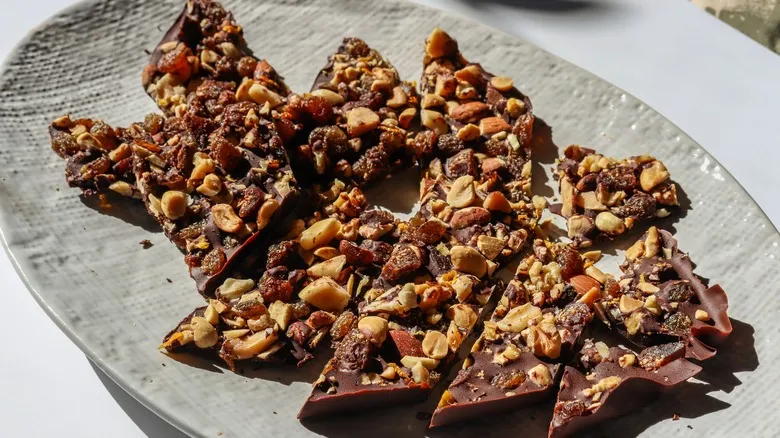Minnesota, home of the Bundt pan

Many people credit David Dalquist and his company, Nordic Ware, with the creation of the Bundt pan. Dalquist and his wife, Dotty, established the company with the intention of merging their expertise in metalworking, engineering, and baking. This led to the formation of a business focused on producing specialty bakeware.
The Bundt pan came to life when Dalquist began working with a unique client: the Hadassah Society, a social organization for Jewish women based in Minneapolis. They sought a pan that could accurately reproduce a decorative, ring-shaped cake called kugelhopf, which was a popular treat in Europe. Rising to the occasion, Dalquist developed his patented aluminum baking pan.
Regarding its name, Dalquist initially intended to call it "bund," which means "bond" in German, but a "t" was later added for reasons that remain unclear. Although it was first introduced in 1950, it took several years for the Bundt pan to gain popularity. It wasn't until 1966, when it was used to create the winning cake in the Pillsbury Bake-Off, that it truly began to gain traction. Since then, the Bundt pan has been embraced by proud Minnesotans for crafting both elegant cakes and a variety of savory dishes.
Recommended

Give Chocolate Bark A Hint Of Umami With A Savory Addition

How The Classic Pound Cake Got Its Name

What To Do If You Add Too Much Baking Soda To A Dish

The French Dessert That Made Julia Child Cry On Television
Next up

